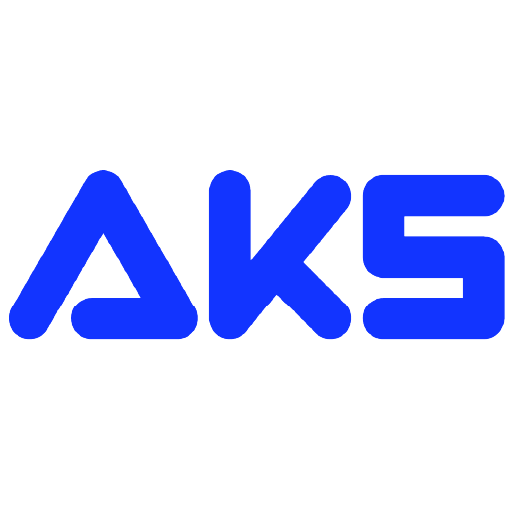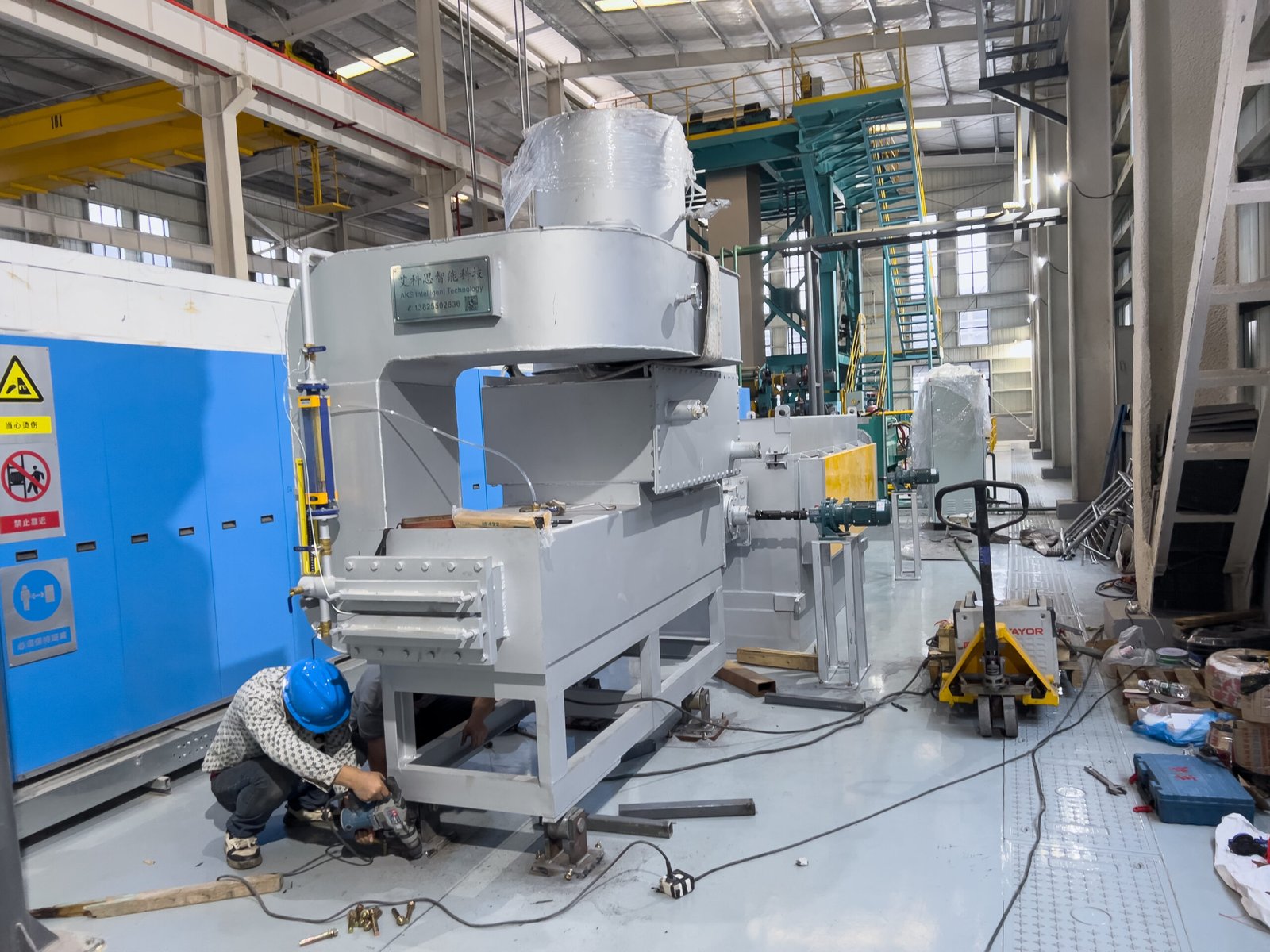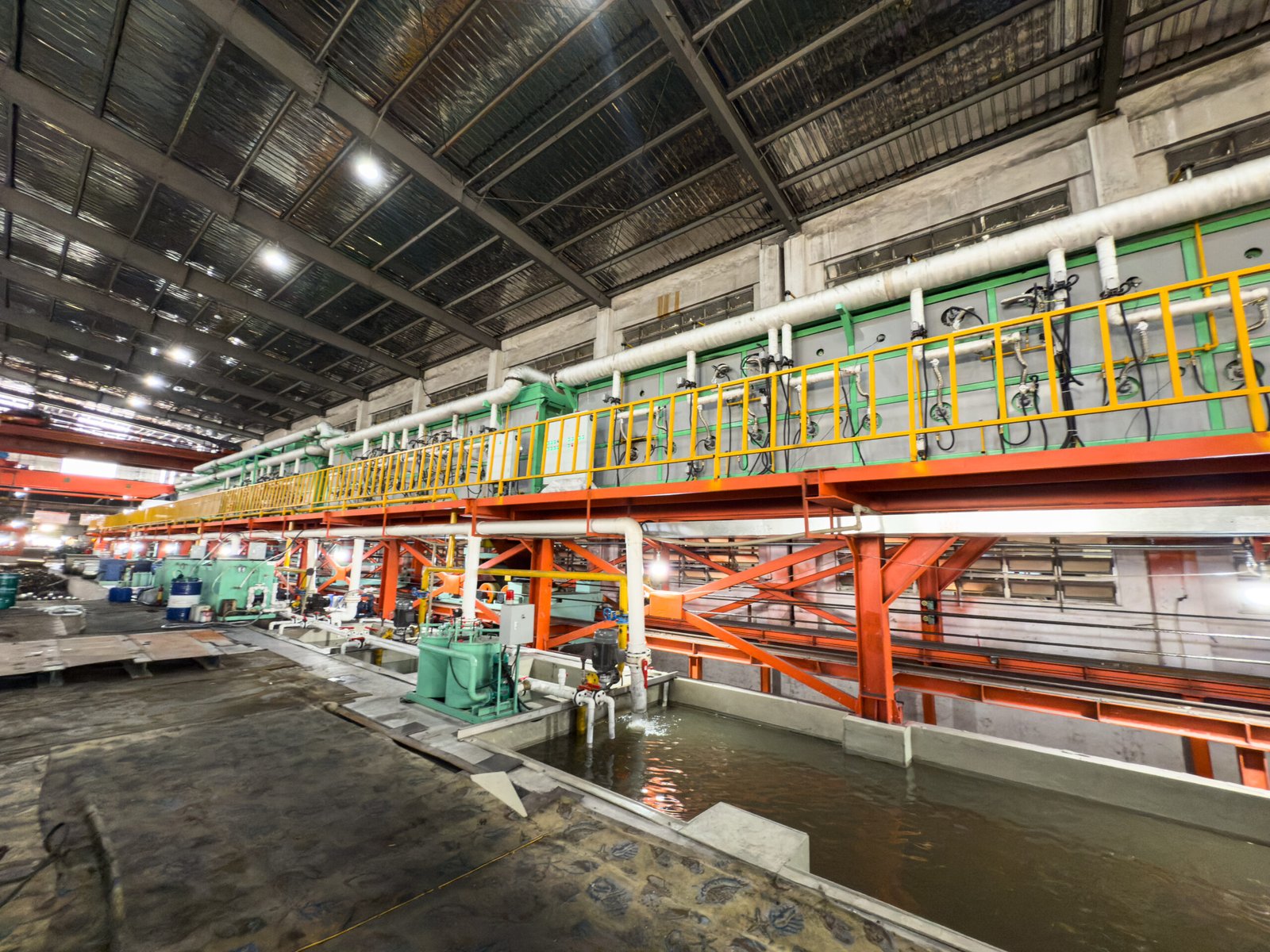When Is a Hydrogen-Recycle Upgrade Worth It for Bright Annealing Stainless Steel?
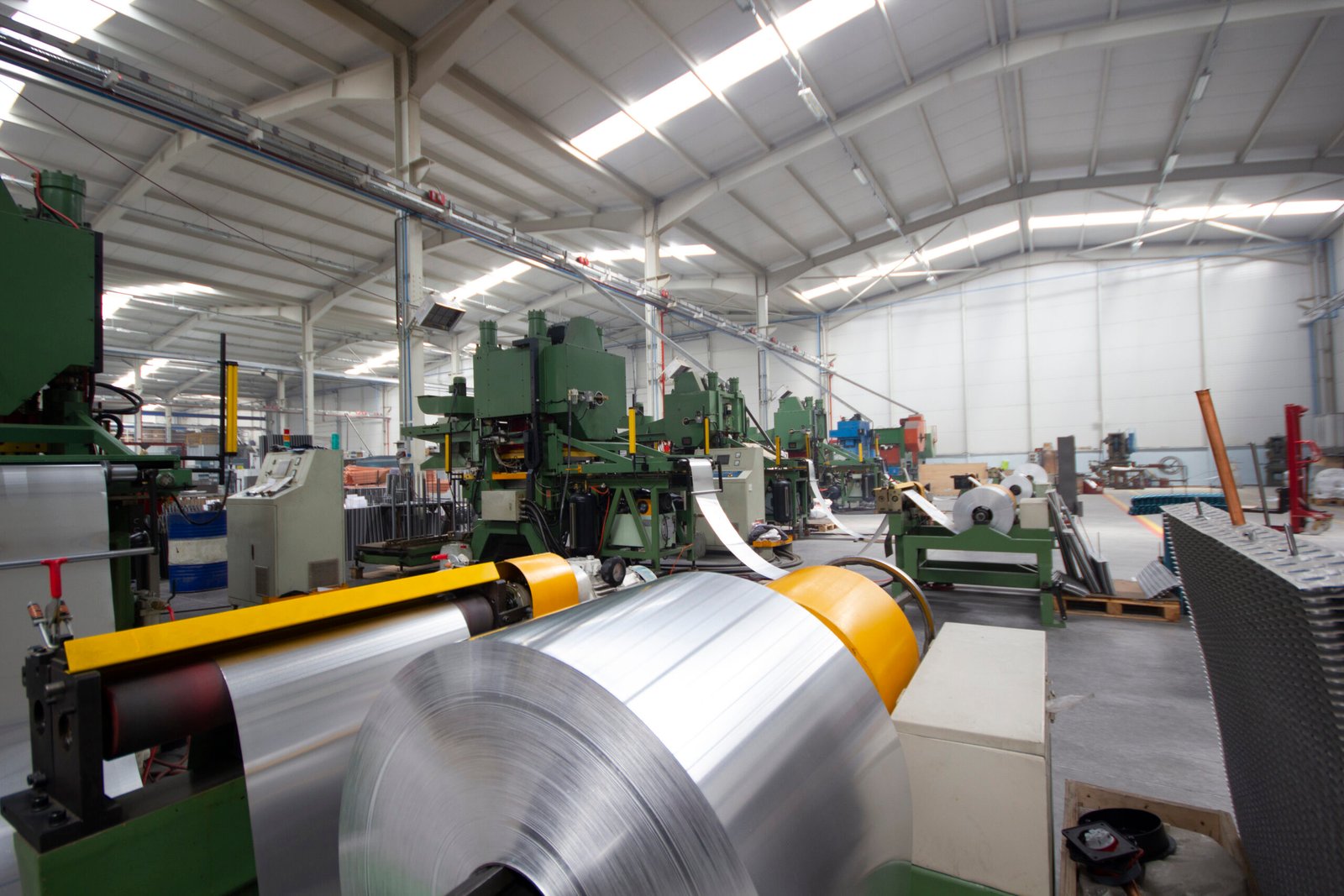
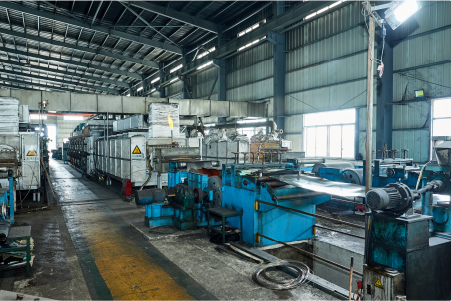
Are you watching the rising cost of high-purity hydrogen eat into your profit margins on every coil of stainless steel you produce? The constant pressure to deliver a flawless, bright finish while battling volatile operational expenses is a challenge I see across the industry. A hydrogen-recycle upgrade presents a powerful solution, promising to slash gas consumption and stabilize your costs.
A hydrogen-recycle upgrade for bright annealing becomes a strategic investment when high-volume hydrogen consumption leads to significant and unpredictable operational costs. It is most valuable for facilities where reducing gas usage by up to 90% provides not just financial relief but also enhances process stability and supply chain resilience.
Deciding whether to make this investment, however, goes beyond a simple calculation of gas savings. It’s a strategic decision that touches on your long-term operational health, your resilience against market volatility, and even your brand's reputation. To truly understand the value, you need to look past the initial price tag and consider the complete picture of costs, benefits, and risks.
Making this leap requires a shift in perspective. It's not just about spending money to save money; it's about investing in a more robust, efficient, and sustainable production model. While the upfront capital expenditure can seem daunting, viewing it through the lens of long-term operational stability and risk mitigation reveals its true strategic importance. Industry leaders are adopting this technology not only for the compelling ROI but also as a defensive moat against unpredictable hydrogen supply chains and rising energy costs, future-proofing their operations for years to come. This is about transforming a major variable cost into a predictable, controlled expense.
What are the main challenges in calculating ROI for a hydrogen-recycle upgrade in bright annealing?
Trying to build a business case for a hydrogen-recycle system can feel like navigating a maze. You know the potential savings are significant, but the path to a clear ROI is clouded by hidden variables and what-if scenarios. You need a model that accounts for more than just the obvious costs.
The primary challenges in calculating an accurate ROI for a hydrogen-recycle upgrade include forecasting volatile hydrogen prices, quantifying the costs of maintenance and potential downtime, and assigning a monetary value to crucial but intangible benefits like enhanced process stability, supply chain security, and improved safety.
A simplistic payback calculation based on current gas prices versus the system's capital cost is a common but dangerous oversimplification. I’ve seen companies get this wrong by overlooking the full spectrum of variables. A more robust approach, the Total Cost of Ownership (TCO), provides a far more accurate financial picture. This framework forces you to consider not just the direct savings but also the indirect costs and benefits that unfold over the system's entire lifecycle. For instance, how do you put a price on avoiding a production halt because your hydrogen supplier was late? How do you quantify the value of a safer work environment with fewer high-pressure cylinder changeovers? These "soft" benefits contribute significantly to long-term profitability and resilience. One of my clients, a processor of stainless steel strips for home appliances, initially balked at the investment until we modeled the cost of just one potential production line stoppage due to a gas shortage. The numbers made the decision clear. True ROI analysis is about recognizing and valuing this operational certainty.
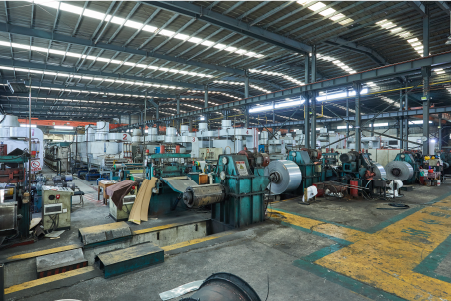
The journey to a credible ROI calculation requires a deep, multi-faceted analysis that moves beyond surface-level numbers. It demands a granular understanding of your own operational realities and a forward-looking perspective on market trends. At AKS, we guide our partners through this process, ensuring they build a business case that is not just optimistic, but realistic and defensible. The goal is to replace assumptions with data-driven projections.
Accurately Projecting Volatile Hydrogen Costs and Consumption
One of the most significant hurdles is pinning down the future cost of hydrogen. Given that its price is often linked to volatile natural gas and electricity markets, historical data can be a poor predictor of future expenses. Geopolitical events or shifts in energy policy can cause prices to spike unexpectedly, rendering a simple ROI calculation obsolete. A static projection based on last year's average cost simply isn't sufficient for a major capital investment.
I worked closely with a manufacturer of automotive exhaust components in Southeast Asia who faced this exact problem. Their hydrogen costs had fluctuated by over 35% in a single 18-month period. Their initial ROI analysis, which used a simple 12-month average, showed a payback period of 4 years. However, by helping them model a "worst-case" scenario based on peak pricing, we demonstrated that the payback period could shrink to under 2.5 years. This approach, which stress-tests the investment against market volatility, provides a much stronger basis for a financial decision.
To illustrate this, consider the difference in projected savings over five years. A model based on a fixed historical average might underestimate the true savings compared to a model that accounts for even modest annual price inflation.
| Year | Scenario A: Fixed Cost (No Inflation) | Scenario B: Variable Cost (+8% Annual Increase) |
|---|---|---|
| 1 | $100,000 | $100,000 |
| 2 | $100,000 | $108,000 |
| 3 | $100,000 | $116,640 |
| 4 | $100,000 | $125,971 |
| 5 | $100,000 | $136,049 |
| Total | $500,000 | $586,660 |
This table, based on an initial annual hydrogen spend of $100,000, shows how a conservative 8% annual price increase results in nearly $87,000 of additional costs over five years—a factor that must be included in any serious ROI calculation.
Quantifying the "Hidden" Costs of Installation and Maintenance
The sticker price of a hydrogen-recycle unit is only the beginning of the story. A comprehensive ROI analysis must account for the full suite of associated costs, which are often overlooked in preliminary estimates. These include the cost of physical installation, commissioning, potential modifications to your existing furnace line, and the crucial investment in operator training. Failing to budget for these "hidden" costs can immediately throw your financial projections off track.
Furthermore, these systems are not "fit-and-forget" pieces of equipment. They are sophisticated purification plants that require diligent, scheduled maintenance to perform optimally. Key components like catalysts, molecular sieves, and sensors have a finite lifespan and must be replaced periodically. At AKS, we make this transparent by providing clients with a detailed 5-year maintenance schedule and cost forecast. This allows them to build predictable service expenses into their operational budget, avoiding surprise costs that could erode their ROI.
It's also essential to contrast these planned maintenance costs with the unplanned, "hidden" costs of not upgrading. Consider the labor hours your team spends on frequent high-pressure gas cylinder changeovers, the premium you pay for emergency hydrogen deliveries when supplies run unexpectedly low, and the catastrophic cost of production halts due to supply chain disruptions. These reactive expenses are often far greater than the proactive cost of maintaining a recycling system.
Monetizing Intangible Benefits: Stability, Safety, and Sustainability
Perhaps the most challenging, yet most impactful, part of the ROI calculation is assigning value to the intangible benefits. Chief among these is process stability. A recycling system delivers hydrogen at a remarkably consistent purity level, often more stable than the gas from commercial suppliers, which can vary from batch to batch. This stability translates directly into a more consistent bright annealed finish, leading to lower reject rates, less rework, and ultimately, a higher yield of prime-quality product.
Safety is another critical, though difficult to monetize, benefit. Reducing the frequency of high-pressure hydrogen deliveries and handling on-site minimizes transportation risks and the potential for accidents during cylinder changeovers. This creates a safer working environment for employees, a factor that contributes to better morale and lower insurance premiums. Likewise, sustainability is rapidly shifting from a "nice-to-have" to a "must-have." Reducing hydrogen consumption lowers your company's carbon footprint, a key differentiator in today's market.
I recently worked with a client producing high-end stainless steel kitchenware for the European market. By implementing our hydrogen recycling system, they were able to reduce their hydrogen consumption by 85%. This achievement became a cornerstone of their "Green Manufacturing1" marketing campaign. The new branding helped them secure a lucrative contract with a major retailer, who prioritized suppliers with demonstrable environmental credentials. The value of that single contract dwarfed the direct gas savings, proving that the so-called "intangible" benefits can often deliver the most significant financial returns.
Hydrogen-recycle reduces gas costsTrue
The text states hydrogen-recycle can reduce gas consumption by up to 90%, directly lowering operational costs.
ROI is only about gas savingsFalse
The text emphasizes ROI must include intangible benefits like process stability and safety, not just direct gas savings.
How does hydrogen-recycling impact the overall cost and efficiency of stainless steel bright annealing?
You're constantly balancing three competing priorities: maintaining perfect surface quality, maximizing production throughput, and controlling operational costs. Hydrogen-recycling directly addresses this trilemma. It’s not just about saving on gas; it’s about fundamentally re-engineering the cost structure and efficiency of your entire bright annealing process.
A hydrogen-recycling system dramatically reduces the cost of stainless steel bright annealing by cutting hydrogen consumption by 70-90%. This directly lowers operational expenditures while simultaneously boosting efficiency by ensuring a stable supply of high-purity gas, which minimizes defects and improves overall process consistency.
The impact extends far beyond the gas bill. Imagine your annealing line running with uninterrupted stability, free from the subtle atmospheric fluctuations that can occur with cylinder or bulk tank changeovers. This newfound consistency is where true efficiency gains are unlocked. You'll spend less time and resources on quality control, troubleshooting, and rework, because the process inputs are more reliable. My experience with clients in the stainless steel wire industry has shown this clearly. After installing a recycling system, one such client saw a 5% reduction in their product rejection rate. This was a direct result of the unwavering atmospheric purity, an efficiency gain they hadn't even factored into their initial ROI calculation. Over a year, this improvement in yield represented a massive financial saving, proving that the system's value is deeply embedded in the quality and consistency of the final product.
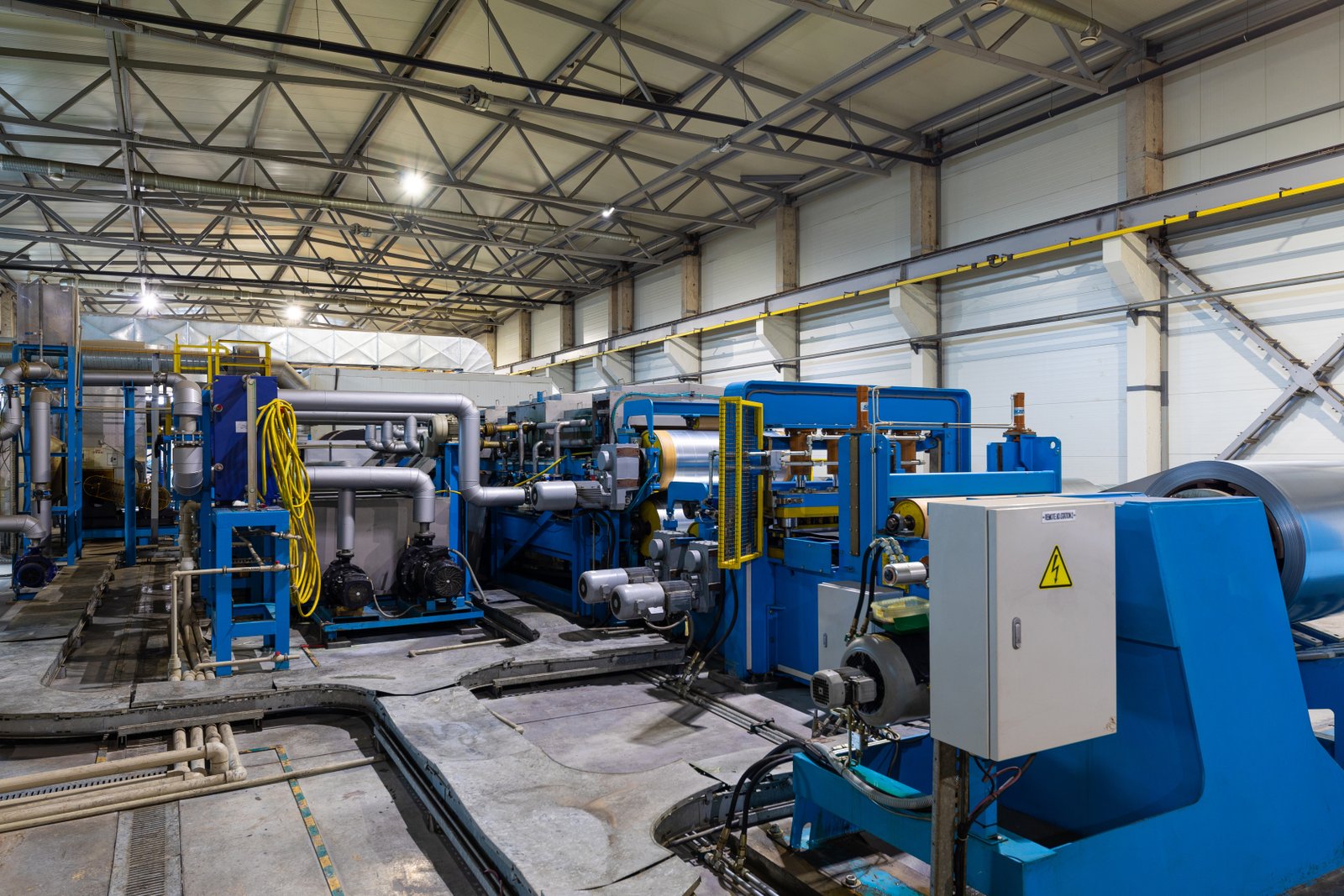
Adopting hydrogen recycling is a strategic move that fundamentally alters the economics of your bright annealing line. By transforming your primary atmospheric gas from a high-volume consumable into a largely reusable asset, you gain unprecedented control over both cost and quality. This shift allows you to decouple a significant portion of your production costs from volatile external energy markets, creating a more predictable and profitable operation.
Direct Cost Reduction: Slashing Hydrogen Consumption
The most immediate and quantifiable impact of a hydrogen-recycling system is the drastic reduction in gas consumption. In a typical continuous bright annealing furnace, the protective atmosphere, usually a mix of hydrogen and nitrogen, is continuously purged and vented. This means a vast amount of expensive, high-purity hydrogen is used once and then lost. A recycling system captures this vented gas, purifies it, and returns it to the furnace inlet. Our AKS systems2 are designed to achieve a recovery rate of up to 90%, meaning your fresh hydrogen purchasing can be reduced by a corresponding amount.
Let's consider a medium-sized stainless steel strip processing plant. Before an upgrade, a plant might consume 50,000 cubic meters of hydrogen per month at a significant cost. After implementing a recycling system with a 90% recovery rate, their monthly consumption of new hydrogen plummets to just 5,000 cubic meters. This translates into tens of thousands of dollars in direct savings every single month.
This cost reduction has a cascading effect on your business. It lowers the cost-per-ton of your annealed product, making you more competitive in the marketplace. It frees up significant operational cash flow that can be reinvested into other areas of the business, such as R&D, equipment upgrades, or market expansion. This isn't just a marginal improvement; it's a fundamental change to your cost structure.
Enhancing Process Efficiency and Product Quality
While cost savings are the primary driver, the impact on process efficiency and product quality is equally profound. The stability of the furnace atmosphere is paramount for achieving a consistently bright, oxide-free surface on stainless steel. In traditional setups, changing gas cylinders or variations in bulk supply can introduce impurities like oxygen or moisture, leading to inconsistent annealing results, surface oxidation, and increased scrap rates.
A hydrogen-recycling system acts as a buffer, providing a continuous loop of highly purified, incredibly stable gas. The purification process within the recycling unit actively removes contaminants that might have entered the furnace through small leaks or from the material itself. This results in an atmosphere of unwavering purity that is often cleaner than the original bottled gas. One of our clients, a manufacturer of precision stainless steel tubes, found that their surface brightness measurements became significantly more consistent after the upgrade. This led to a higher acceptance rate from their customers in the demanding electronics sector and solidified their reputation for quality.
This enhanced stability means your furnace operates within its optimal process window more consistently. There are fewer adjustments needed, less time spent troubleshooting quality issues, and a higher output of prime, saleable material. The efficiency gain comes not from running the furnace faster, but from producing good product more reliably, minute by minute, day by day.
Mitigating Supply Chain Risks and Operational Volatility
Relying on external suppliers for a critical consumable like hydrogen introduces a significant element of risk into your operation. Your production schedule is vulnerable to supplier price hikes, delivery delays, labor strikes, or regional shortages. A single missed delivery can bring your entire annealing line to a standstill, resulting in lost production and damaged customer relationships. For manufacturers in our export markets, like those in India or the Middle East, logistical challenges can make this risk even more acute.
By recycling and reusing the vast majority of your hydrogen, you insulate your operation from these external volatilities. You are no longer just a consumer of gas; you are the manager of your own atmospheric supply. This shift provides immense operational security and predictability. While you will still require a small amount of fresh hydrogen to make up for losses, your dependence on the external supply chain is drastically reduced.
I recall a conversation with a plant manager in North America during a period of regional transport strikes. While his competitors were scrambling for hydrogen deliveries and facing potential shutdowns, his plant continued to operate smoothly. His hydrogen-recycling system, which we had installed two years prior, had turned a potential crisis into a non-event. This is the ultimate, and perhaps most valuable, benefit: resilience. It transforms your annealing operation from a fragile link in a long supply chain into a robust, self-sufficient, and more profitable enterprise.
Hydrogen recycling reduces gas costs by 70-90%True
The article states that hydrogen-recycling systems can achieve up to 90% recovery rates, dramatically reducing fresh hydrogen purchases.
Recycled hydrogen is less pure than bottled gasFalse
The text explains that recycled hydrogen is often cleaner than original bottled gas due to the purification process in recycling systems.
What are the potential financial and operational benefits of implementing a hydrogen-recycle system?
You're looking for more than just incremental improvements; you need transformative changes that strengthen your bottom line and competitive position. Investing in a hydrogen-recycle system is one of those rare opportunities that delivers substantial, compounding benefits across your entire operation, impacting everything from your P&L statement to your shop floor efficiency.
Financially, a hydrogen-recycle system delivers rapid ROI through a 70-90% reduction in gas expenditure. Operationally, it provides a more stable furnace atmosphere for superior product quality, reduces dependence on volatile supply chains, enhances safety, and lowers the company’s overall carbon footprint.
The benefits create a powerful feedback loop. The financial savings from reduced gas consumption immediately improve your profit margins. This financial strength allows you to focus on the operational gains: leveraging the stable atmosphere to tighten quality control and reduce scrap. I saw this firsthand with a client producing decorative stainless steel sheets. The direct cost savings were clear, but the real win came when their improved surface consistency allowed them to enter a high-margin architectural market they previously couldn't compete in. The financial and operational benefits are not separate; they build on each other to elevate your entire business.

Embracing this technology is about playing the long game. It's an investment that pays dividends in multiple forms, creating a more resilient, profitable, and respected manufacturing operation. From the tangible cash savings to the less obvious, yet equally important, gains in stability and marketability, the benefits are comprehensive and compelling.
Substantial and Predictable Financial Returns
The primary financial benefit is, without question, the dramatic and immediate reduction in hydrogen expenditure. For any company engaged in high-volume bright annealing, hydrogen is a significant line item in the operational budget. By recycling up to 90% of this gas3, you are effectively removing a massive variable cost from your books. This generates a strong and predictable return on investment, with payback periods often falling between 18 and 36 months, depending on the scale of operation and local hydrogen costs.
Consider a facility with an annual hydrogen bill of $250,000. An AKS recycling system can reduce this to just $25,000 per year, generating an annual saving of $225,000. This isn't a one-time gain; it's a recurring annuity of savings that drops directly to your bottom line, year after year. This financial predictability is invaluable. It allows for more accurate long-term budgeting and forecasting, and it de-risks your business from the price shocks that plague the industrial gas market.
Furthermore, many governments and local authorities offer tax incentives, grants, or rebates for investing in energy-efficient and green technologies. Our team at AKS often assists clients in exploring these opportunities. These incentives can further shorten the payback period and improve the overall financial attractiveness of the project, turning a smart investment into an irresistible one.
Enhanced Operational Stability and Production Uptime
Beyond the balance sheet, the operational benefits are what truly transform the day-to-day reality on the shop floor. A hydrogen-recycle system provides a closed-loop, highly stable source of atmospheric gas. This decouples your furnace's performance from the inconsistencies of external gas supply. You eliminate the micro-fluctuations in pressure and purity that occur during cylinder changeovers, which are a common source of subtle-yet-costly product defects.
This stability translates directly to higher production uptime. Less time is spent troubleshooting issues like surface discoloration or inconsistent hardness, which are often traced back to atmospheric problems. A client of ours who manufactures stainless steel tubing for medical devices reported a 15% reduction in unplanned downtime for quality adjustments after installing our recycling system. Their operators could focus on production targets instead of constantly fighting fires related to gas quality.
Moreover, reducing your dependence on external suppliers means you are no longer at the mercy of their delivery schedules or potential supply disruptions. This operational independence is a massive strategic advantage. It ensures production continuity, allowing you to meet customer deadlines reliably and build a reputation as a dependable partner—a benefit that is priceless in a competitive market.
Improved Safety, Sustainability, and Market Reputation
Implementing a hydrogen-recycling system significantly enhances your company's profile in three critical areas: safety, environmental responsibility, and market perception. By drastically reducing the number of high-pressure hydrogen deliveries, you minimize the risks associated with transporting and handling flammable gas on your premises. This creates a quantifiably safer environment for your employees.
From a sustainability perspective, the impact is twofold. First, you dramatically lower your consumption of hydrogen, a gas whose production is often energy-intensive. Second, you reduce the carbon footprint associated with transporting that gas from the production plant to your factory. This measurable improvement in your environmental performance is no longer just a talking point; it's a critical business requirement. Many large OEMs and retailers, particularly in Europe and North America, now audit their suppliers' environmental credentials. Having a story of tangible resource reduction can be a powerful tool for winning and retaining business.
I’ve seen this play out with a customer exporting bright annealed components to the white goods industry. Their adoption of our recycling technology became a key part of their supplier qualification process with a major European brand. They were able to demonstrate a commitment to sustainable manufacturing that their competitors could not, giving them a decisive edge. In today's market, proving you are a clean, safe, and responsible manufacturer is a powerful financial and operational benefit.
Hydrogen recycling reduces gas costs by 70-90%True
The article clearly states that hydrogen-recycle systems can reduce gas expenditure by 70-90%, creating significant cost savings.
Recycling systems eliminate all hydrogen purchasesFalse
While recycling reduces hydrogen purchases dramatically, the example shows a facility still spending $25,000 annually, not eliminating all purchases.
How can companies accurately assess the ROI for hydrogen-recycling in stainless steel annealing processes?
You know a hydrogen-recycle system could be a game-changer, but you need a bulletproof business case to get the investment approved. A vague estimate won’t cut it. A proper assessment requires a methodical, data-driven approach that scrutinizes every relevant cost and benefit, leaving no stone unturned.
To accurately assess ROI, companies must move beyond simple payback calculations. A comprehensive assessment involves a detailed audit of current hydrogen consumption and costs, modeling future price volatility, quantifying indirect costs of the current system, and projecting the value of improved quality and uptime, including those achieved through hydrogen recycling systems in furnaces.
The key is to build a financial model, not just a simple spreadsheet. This model should be a living document that you can use to test different scenarios. What if hydrogen prices increase by 15% next year? What if the system allows you to reduce your scrap rate by 2%? I always advise my clients to start by creating a detailed map of their current process. Document everything: gas consumption per shift, labor time for cylinder changes, frequency of quality-related downtime. This baseline data is the foundation upon which a credible ROI assessment is built.
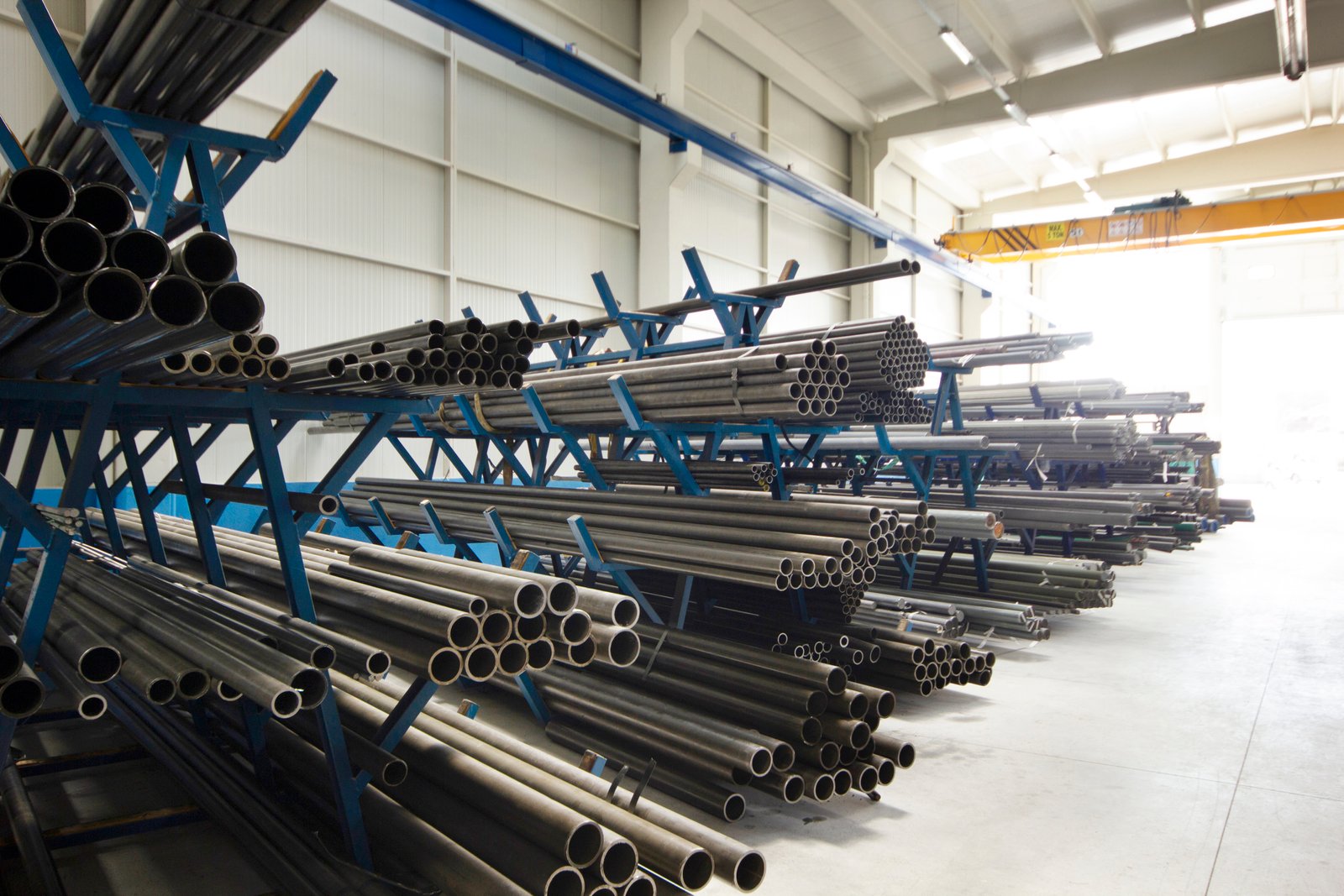
A truly accurate assessment is an exercise in diligence. It requires gathering precise data from your own operations and pairing it with realistic projections about the external market. By committing to this thorough process, you can build a financial case that is not only compelling but also highly reliable, giving you the confidence to make the right strategic decision for your company's future.
Step 1: Conduct a Comprehensive Audit of Current Operations
The first step is to establish an accurate, data-backed baseline of your current state. This goes far beyond simply looking at your monthly hydrogen bill. You need to conduct a thorough audit of your entire annealing process as it relates to atmospheric gas. This involves installing flow meters to measure actual hydrogen consumption for each furnace or production line, rather than relying on supplier invoices alone. This will give you a precise understanding of your usage patterns, including variations between shifts or product runs.
Next, you must meticulously document all associated labor costs. How many man-hours are spent each week receiving hydrogen shipments, moving cylinders or dewars, and performing changeovers? What is the fully-loaded hourly cost of this labor? These are direct costs currently draining your resources. You also need to quantify the costs of waste and inefficiency. Track your scrap and rework rates over a period of several months and work with your quality team to determine what percentage of these defects can be reasonably attributed to atmospheric inconsistencies.
Finally, document all supply-chain-related costs. Have you ever paid premium freight charges for an emergency delivery? Have you ever experienced production downtime while waiting for a shipment? Assigning a conservative cost to this downtime (lost revenue, idle labor) is a critical part of understanding the true cost of your current system. This detailed audit will provide the raw data needed for a robust comparison.
Step 2: Build a Multi-Scenario Financial Model
With your baseline data in hand, the next step is to build a dynamic financial model, preferably over a 5 to 7-year horizon. A simple payback calculation is insufficient because it ignores the time value of money and fails to account for future uncertainties. A Total Cost of Ownership (TCO) or Net Present Value (NPV) analysis is far more appropriate for a capital investment of this nature. Your model should have several key inputs that can be adjusted to test different scenarios.
The most critical variable is the [cost of hydrogen over time](What is the projected cost trend for hydrogen in industrial applications?:)4. Instead of using a single number, model three scenarios: a "best-case" where prices remain stable, a "likely-case" based on historical inflation (e.g., 5-8% annual increase), and a "worst-case" where prices spike significantly (e.g., 15-20% annual increase). This will show how the investment performs under different market conditions. Your model must also include the full capital cost of the recycling system (including installation and training) and a realistic budget for annual maintenance, which we at AKS would provide with our proposal.
On the benefits side, the model should include the direct savings from reduced hydrogen consumption (calculated as for a 90% recovery rate) and the "soft" savings you quantified in your audit. This includes saved labor costs from eliminating cylinder changes and the financial value of the projected reduction in scrap and rework. Running these different scenarios will give you a range of potential ROI outcomes, providing a much clearer picture than a single, static number.
Step 3: Involve a Cross-Functional Team and Your Furnace Partner
An ROI assessment should not be a siloed exercise conducted only by the finance department. To ensure accuracy and buy-in, it's crucial to involve a cross-functional team from the very beginning. This team should include representatives from Operations, Maintenance, Quality, and Finance. The plant manager brings knowledge of production realities, the maintenance supervisor can validate service cost estimates, and the quality manager can provide crucial data on defect rates and the value of process stability.
This collaborative approach ensures that all assumptions in your financial model are vetted by the people who know the process best. It also helps in identifying benefits that might otherwise be overlooked. The quality manager, for instance, might be able to quantify how improved surface consistency could open up new, higher-margin markets, adding a powerful revenue growth component to the ROI calculation.
Finally, work closely with your potential furnace or system partner, like us at AKS. An experienced partner can provide accurate data on system performance, recovery rates, energy consumption of the recycling unit itself, and a detailed schedule of maintenance costs. We can share benchmark data from similar installations in your industry, helping you validate your own assumptions. This partnership transforms the assessment from a purely internal exercise into a collaborative feasibility study, significantly increasing the accuracy and credibility of the final result.
[text-placehold]
ROI assessment requires multi-scenario modelingTrue
The article emphasizes building dynamic financial models with best-case/likely-case/worst-case scenarios rather than single-point estimates.
Simple payback period is sufficientFalse
The text specifically states that simple payback calculations are insufficient as they ignore time value of money and future uncertainties.
What are the best practices for ensuring maximum ROI from a hydrogen-recycle upgrade in bright annealing?
You've made the investment and the hydrogen-recycle system is installed. The job isn't done; it's just beginning. Maximizing your return on investment is an ongoing process of optimization, not a one-time setup. To ensure you extract every bit of value from your new technology, you need to adopt a proactive and disciplined operational approach.
To maximize ROI from a hydrogen-recycle upgrade, companies must implement a rigorous preventative maintenance schedule, provide comprehensive operator training, continuously monitor system performance and gas purity, and optimize furnace parameters to leverage the highly stable atmosphere for improved quality and throughput.
The most successful implementations I’ve seen are treated as a continuous improvement project. The goal is not just to meet the ROI projected in the business case, but to exceed it. This starts with treating the system with the same respect as the furnace itself. A client producing high-grade stainless steel wire created a dedicated "Atmosphere Management" protocol for their team. This included daily checks, weekly data logging, and quarterly performance reviews. This discipline ensured their system consistently delivered over 90% recovery and paid back their investment six months ahead of schedule.
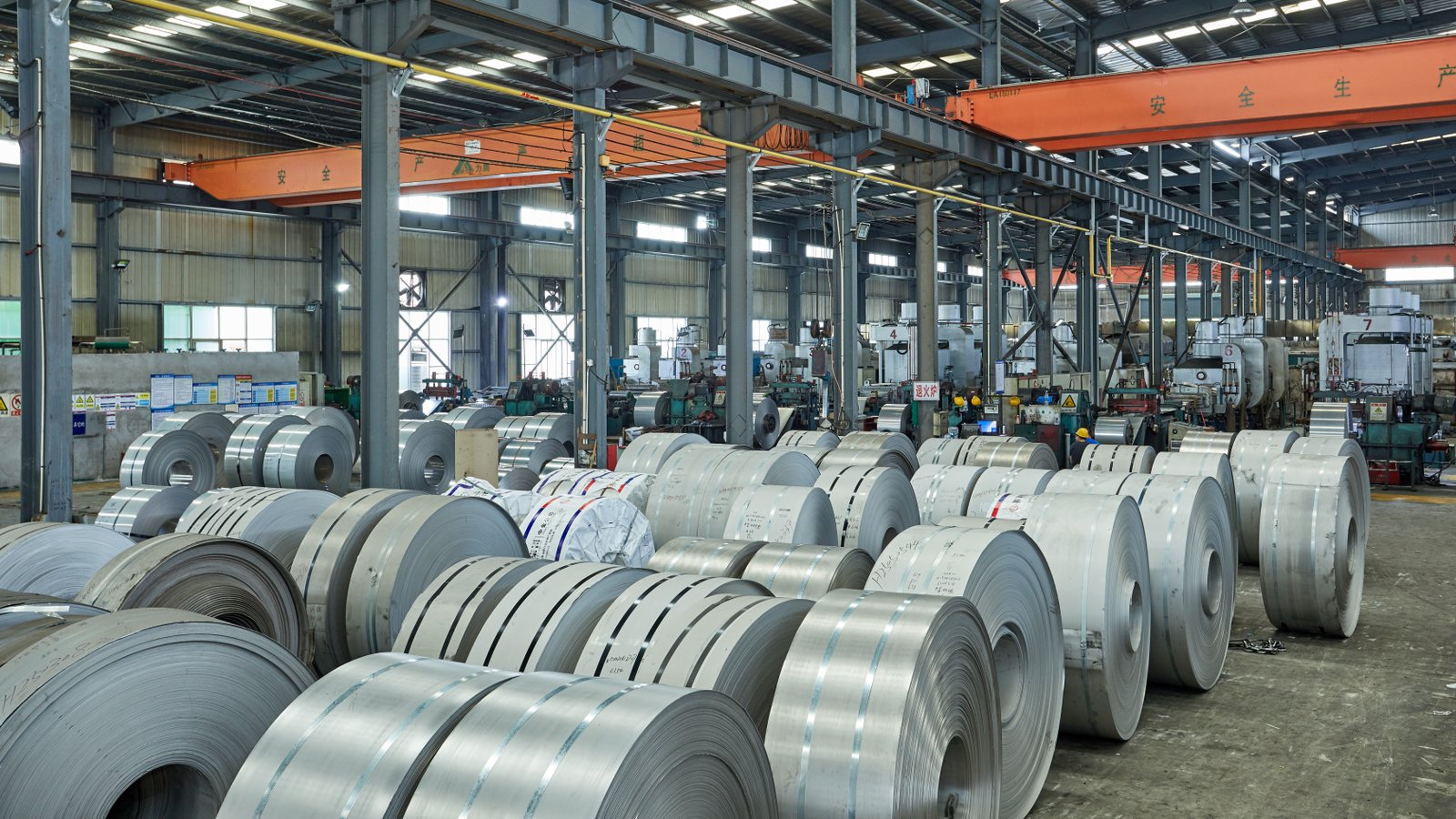
Unlocking the full potential of your hydrogen-recycle system requires a commitment that extends beyond the initial installation. It's about building a culture of precision5, proactivity, and continuous optimization. By embracing these best practices, you transform your investment from a simple cost-saving device into a powerful engine for quality, efficiency, and long-term profitability.
Implement a Rigorous Proactive Maintenance Program
The single most important factor in maximizing long-term ROI is a disciplined and proactive maintenance program. A hydrogen-recycling system is a sophisticated piece of chemical processing equipment. Allowing its performance to degrade due to neglect is the fastest way to erode your savings. Don't wait for alarms to sound or purity levels to drop. You must treat maintenance as a scheduled, non-negotiable activity.
This starts with strictly adhering to the manufacturer's recommended service intervals. This includes periodic replacement of catalysts, molecular sieve beds, and filter elements. At AKS, we provide a detailed maintenance schedule with every system we deliver. The most successful clients are those who integrate this schedule directly into their plant's overall Computerized Maintenance Management System (CMMS). This ensures tasks are automatically assigned, tracked, and completed on time.
Furthermore, empower your maintenance team with the training to perform daily and weekly checks. This includes logging key operational parameters like pressure, temperature, and flow rates. By charting this data over time, your team can spot subtle deviations that may indicate an emerging issue long before it impacts performance. This proactive approach prevents costly unplanned downtime and ensures the system consistently operates at peak efficiency, delivering the gas savings you count on.
Invest in Comprehensive Operator Training and Ownership
Your operators are on the front line of your annealing process. Their understanding and engagement with the new system are critical to its success. Investing in comprehensive training is not an optional expense; it's essential for maximizing ROI. Operators need to understand not just how to operate the system, but why it works and how it integrates with the furnace to affect the final product quality.
Effective training should cover the system's operational principles, the meaning of different control panel readouts and alarms, and the proper startup and shutdown procedures. It should also empower operators to become the first line of defense in monitoring performance. Teach them what normal gas purity levels look like and what to do if they see a deviation. When operators understand the link between the recycling system's health and the brightness of the stainless steel they are producing, they take ownership of the process.
I saw a great example of this at a plant manufacturing components for home appliances. They designated two lead operators as "Atmosphere Champions." These individuals received advanced training and were responsible for mentoring their peers and conducting daily performance checks. This sense of ownership created a culture of vigilance that kept the system running flawlessly and directly contributed to a measurable decrease in surface finish defects.
Continuously Monitor and Optimize the Entire Annealing Process
Installing a hydrogen-recycling system provides you with an unprecedented level of atmospheric stability. The final best practice is to leverage this new capability to optimize your entire bright annealing process. Your old furnace settings were likely developed to compensate for the inconsistencies of bottled gas. With a highly stable, high-purity atmosphere, you now have the opportunity to re-evaluate and refine your process parameters.
This involves continuously monitoring both the recycled gas purity and the final product quality. Use your surface measurement tools (e.g., gloss meters) to correlate atmospheric conditions with product outcomes. You may find that you can achieve the same or even better brightness levels while slightly reducing furnace temperature or increasing line speed, creating additional savings in energy and improvements in throughput.
For example, a client processing carbon steel strips found that the extreme dryness of the recycled hydrogen (very low dew point) allowed them to achieve their target decarburization with a slightly shorter cycle time. This seemingly small adjustment increased their overall line throughput by 4%, a massive productivity gain they had not anticipated. This is the ultimate goal: to use the stability provided by the recycling system as a tool for continuous improvement, pushing the boundaries of quality and efficiency and ensuring your ROI continues to grow long after the initial investment has been paid back.
Maintenance is key for ROITrue
A rigorous proactive maintenance program is essential to maximize long-term ROI from hydrogen-recycle systems, as neglect can quickly erode savings.
Training is optionalFalse
Comprehensive operator training is not optional but essential for maximizing ROI, as operators need to understand both how and why the system works.
Conclusion
Ultimately, the decision to upgrade is a strategic one. A hydrogen-recycle system is more than a cost-saving device; it’s an investment in operational stability, quality assurance, and long-term resilience against volatile markets, future-proofing your bright annealing process for a competitive advantage.
-
Understand the impact of Green Manufacturing on sustainability and market advantage ↩
-
Discover features and financial benefits of AKS hydrogen-recycling systems ↩
-
Discover the cost-saving benefits and ROI of hydrogen recycling in industrial operations. ↩
-
Understand the future cost trends for hydrogen affecting your financial models ↩
-
Understand the benefits of precision in optimizing manufacturing processes ↩
